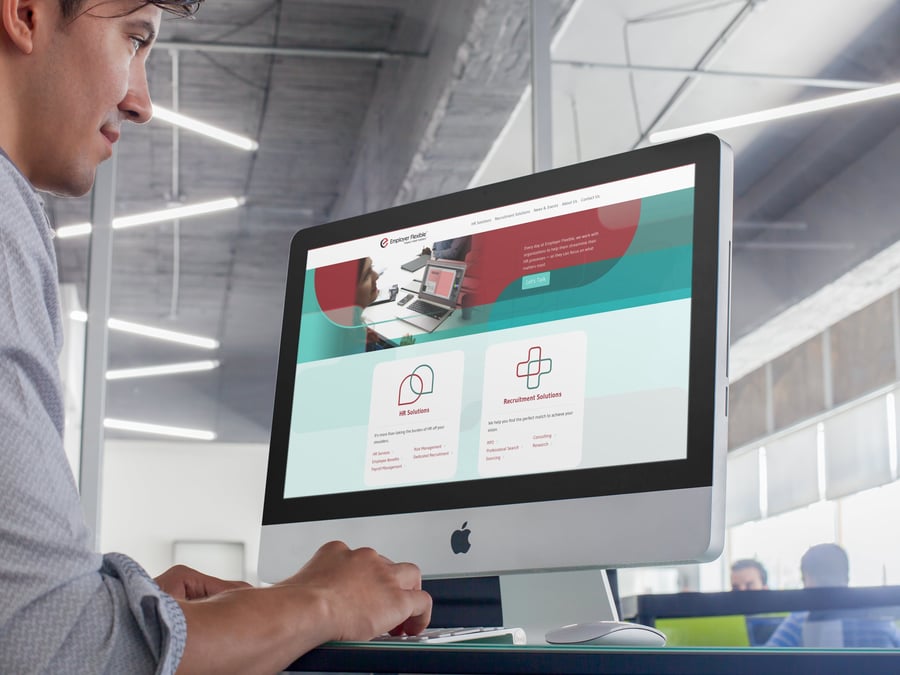
Blog

Who Are You Designing Your Website For?
Seems like a simple question with a simple answer. Of course, you're designing your website for your customers or — better yet — your prospects, right? I mean, who wouldn't? You design or build or tailor your products and services for the people who buy them. It's only natural that you'd build your marketing materials and surely your most important marketing channel, your website, to serve them the best.
In my experience, though, this rarely happens. In 9 out of 10 cases that I've been personally involved in, business owners, sales leaders and/or marketing managers want their website designed to their personal tastes. More pictures, less text, this color not that color, this fancy mouseover (I mean, everyone loves fancy mouseovers, right? Who wouldn't buy from a company with a super-fancy mouseover?), etc.
I battle with these people daily. The smart ones usually see our logic, but there are a few stubborn ones who simply say "… just do it exactly like I tell you, no one knows my customers better than me!"
Here's the truth. You probably don't know your customers that well, and I really don't either. More importantly, at this point, neither of us really knows what your prospects are looking for. That's why we need data to tell us what they are searching for, what pages capture their attention, what buttons and, better yet, what copy on those buttons gets them to convert, etc. This data plus good, old best practices are the combination you need to both design and build the right website for your business, but also to get the desired results from that site.
I like to follow a few simple steps when starting a website project, whether it's a new design/build or a refresh of an existing site. First off, define the objective. Is the objective to get more customers or patients? Is the objective to sell more of one particular product or service? Is the objective to impress your friends and maybe win some awards? Is the objective to attract new employees, so you want to look nicer or bigger than you may actually be? The answers to these questions usually let us know what kind of client we are dealing with, and whether we want to work with them or not.
There's nothing wrong with people wanting to use their site as a recruiting tool, but we always hope that the clients we work with want to grow their business. When we run into clients who don't have sound logic for their unreasonable design requests (i.e., I want the pictures to move faster, I want the mouseovers to make a sound, etc.) we try to run away, fast!
The second simple step is to ensure that our clients have an understanding of the basic best practices of current website design. Do they understand responsive design and know how important the mobile user experience is? Do they understand which browsers the site will perform best in, and which browsers are used the most (we provide guidance here, of course). Do they get that the goal is to achieve their objectives and not provide every single possibility for every single possible buyer type (not many of us sell to the entire world and every individual in it). Here's a full list of best practices for website design from the great Neil Patel. And here are a few of those:
1) Use consistent branding throughout the site
2) Leave plenty of white space between elements (clients battle us on this a lot!)
3) Reduce the number of choices you offer your visitors (this is the biggest battle we normally have)
The rest of Neil's best practices are all outstanding as well.
It used to be enough to just have a website. Then you needed a great website. Now, you still need a good website, but it has to be built the right way. Don't over-complicate it, don't over-design it or add too many enhancements. Keep it simple, keep it clean, keep it light. And … trust your marketing partner to lead you down the right path. You know what? Judge them on conversions. That's one way to keep them honest and to keep the design subjectivity to a minimum.
Websites by adWhite are modern and responsive, visually captivating and provide great, clear, easy-to-navigate user experiences. If your site needs a responsive refresh, contact us today for a free website assessment.
Subscribe to email updates
Recent posts

Related Articles
.png?width=500&name=Gray%20Geometric%20Business%20Creative%20Presentation%20(1).png)
Topics
Topics

Topics






